The idyllic island of Møn in Denmark is not only home to breathtaking chalk cliffs and a quiet, rural atmosphere. A particular highlight is a visit to the Museumsgården, a completely preserved farm from 1800, which is located in the middle of no man's land in the interior of the island.
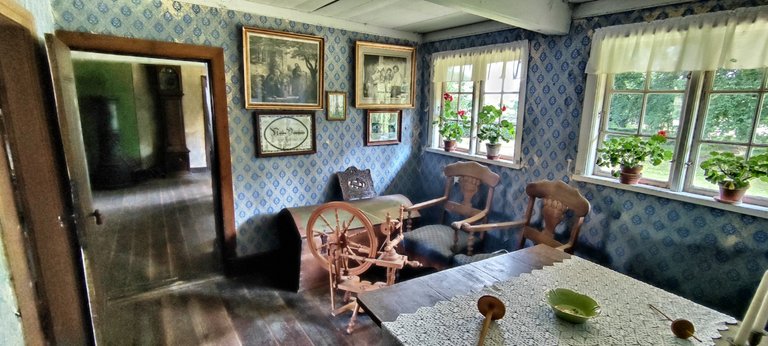 The living room
The living room
It is a few kilometers from here to the sea, and agriculture is still practiced all around, but now on large fields and in a highly modern way. The farm, which is now a museum but also provides a place for weary hikers to rest, has made its contribution to this modernization - albeit with pain and at the cost of destroying the way of life of an entire family.
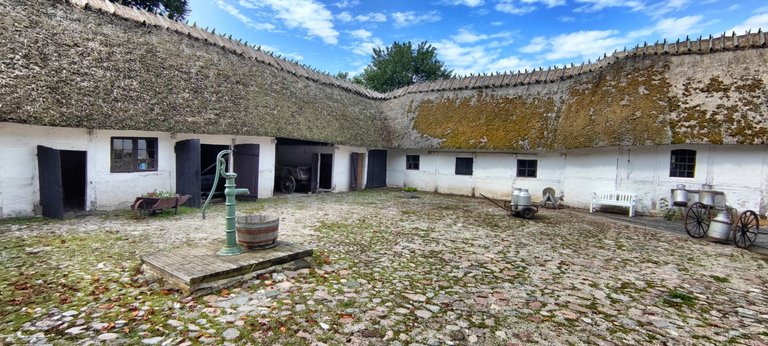 The yard
The yard
A long day of hiking
But first of all, here's the thing: In the middle of the idyllic landscape of Møn, the Danish island that lies beneath the wind and is still largely ignored by holidaymakers, the Museumsgården appears after a long day of hiking. Wide meadows, green and lush, a few shelters and fire pits, but also a park of ancient farm machinery. It's like getting into a time machine, but without all the annoying paradoxes and wild dinosaurs running around.
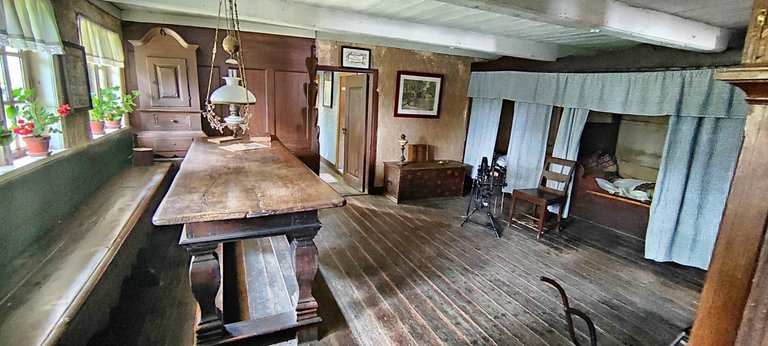 A bed at the main chamber
A bed at the main chamber
The Museumsgården is located a little off the main road Stege - Møns Klint, near the golf course in Keldby. As soon as I arrived, I felt like I had been transported to another time. The farm, surrounded by wide fields, exudes a calm and originality that has become rare in today's hectic world.
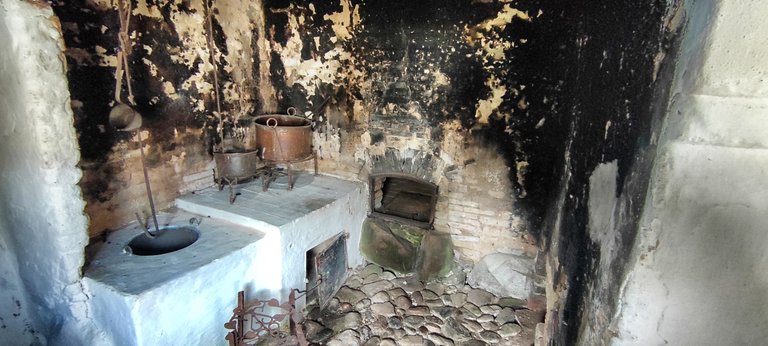 The kitchen - look at the walls!
The kitchen - look at the walls!
As you approach the farm, you can't help but feel a sense of awe. The buildings are perfectly preserved, like a snapshot from the 19th century. It is as if Hans Hansen himself came out of the farmhouse, wiped his hands on his apron and grumbled about the price of hay.
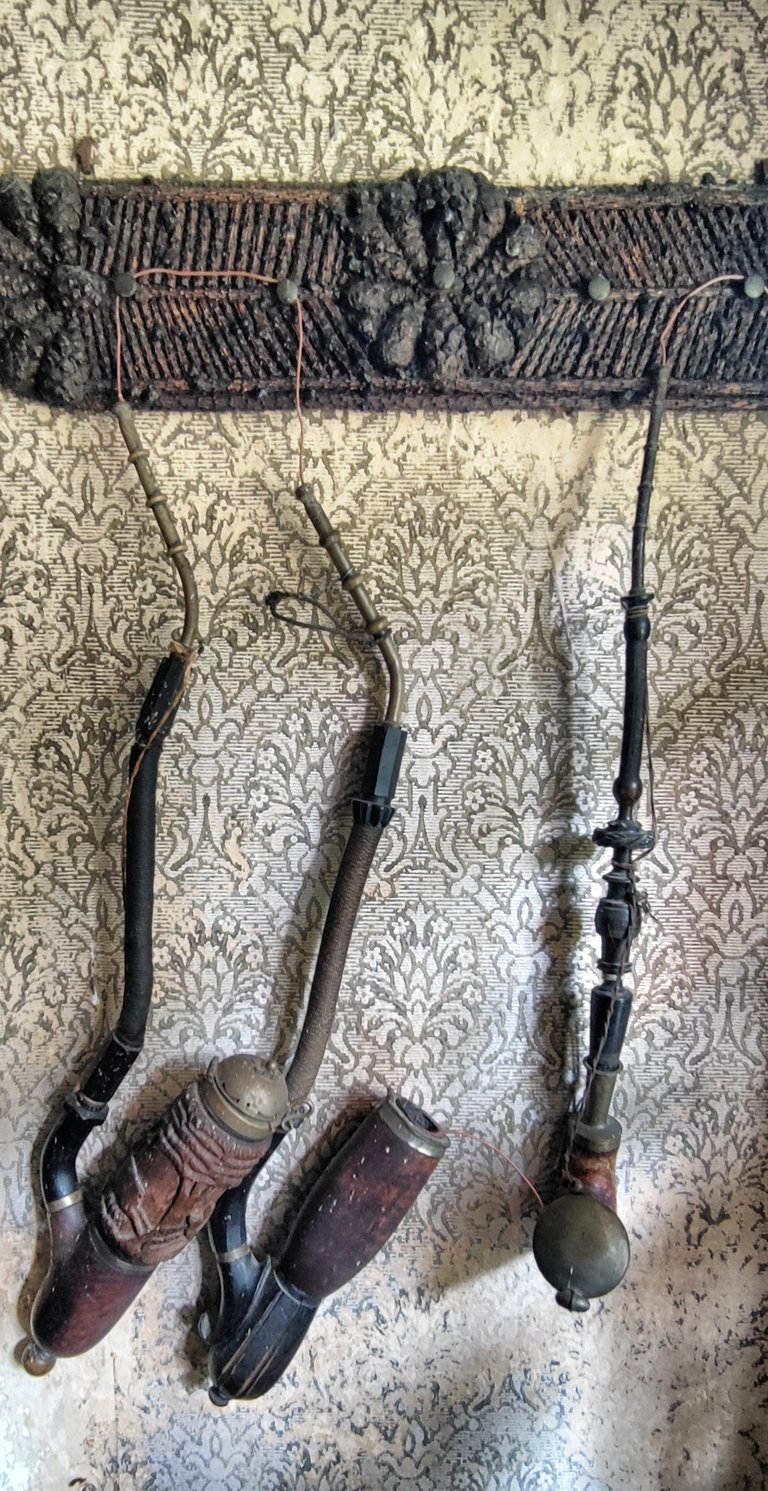 It was not enough smoke for Hans Hansen at the kitchen
It was not enough smoke for Hans Hansen at the kitchen
A 17th century farmer
Hans Hansen? He once lived here with his family, tended the fields and ate the hard bread of the 17th century farmer who had to make every grain and every piece of cheese himself.
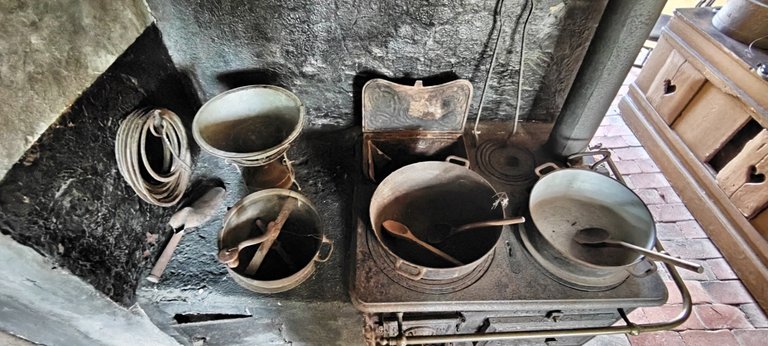 Ancient cooking
Ancient cooking
Hans Hansen was not only a keeper of the past, but also a pioneer of his time. He was the first farmer on Møn to buy a tractor in 1926. His openness to technical innovations and at the same time his devotion to preserving traditions make him a remarkable personality, which the museum's exhibition tells about.
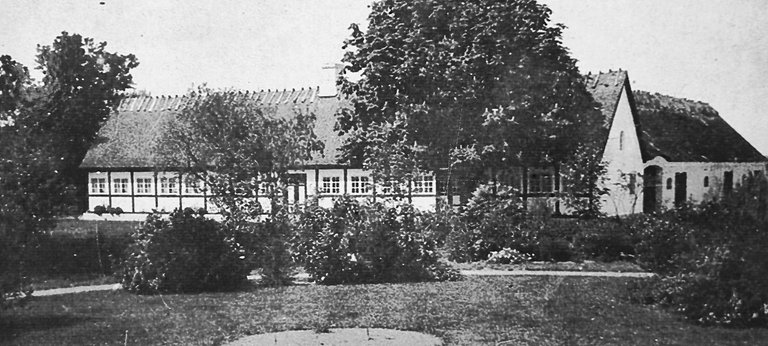 The Hanse Gard in ancient times
The Hanse Gard in ancient times
Inside you will find a treasure trove of artefacts and exhibits that paint a vivid picture of rural life in Denmark. From the quaint bedrooms to the cozy kitchen, every room is a portal to the past. And don't even get me started on the old farm equipment - it's so well preserved that you almost expect it to start plowing the fields on its own.
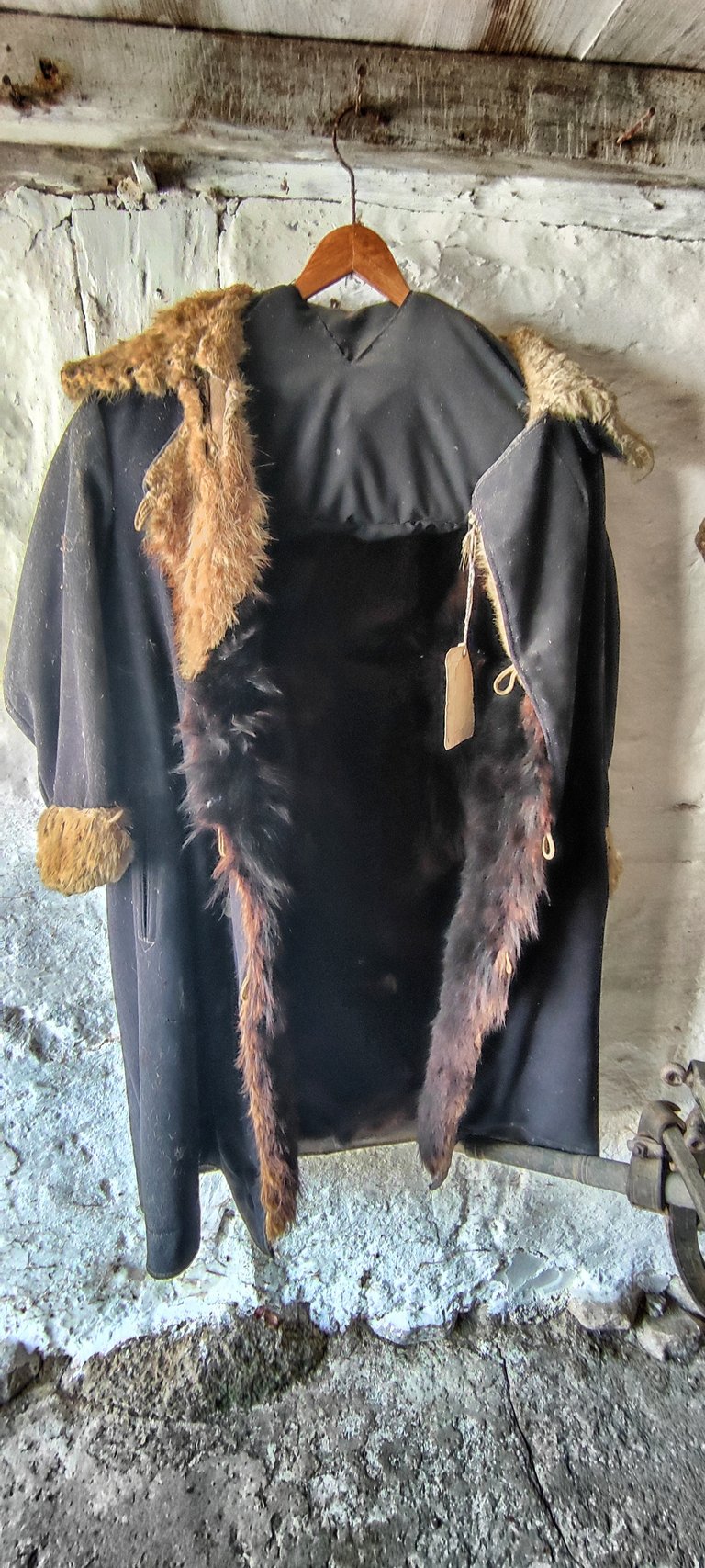 Hans Hansens coat
Hans Hansens coat
A stroll through the halls
But the real magic of Museumsgården lies in its ability to take you back in time. As you stroll through the halls, you can almost hear the whispers of the past, the laughter of children playing in the yard and the clucking of chickens in the coop. It's like being a character in a historical novel, only without the corsets and powdered wigs.
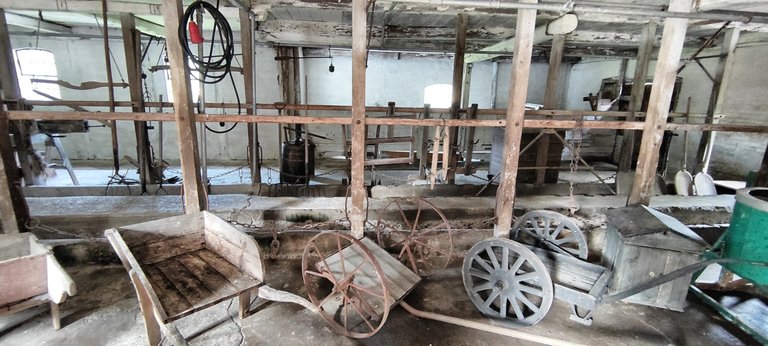 The barn
The barn
The family history of the museum farm can be traced back to 1596, where we find the first owner in a fire survey list. The written records, church records, tax lists, censuses, etc. for the period from around 1500 to the present day show us the development of the family and the residents of Museumsgården up to 1901.
A typical family farm
 Milk making machines
Milk making machines
At that time, not much fuss was made about all this: although the farm can be described as a family farm, it was not always the children who inherited and continued. Such extravagance could not be afforded. When the old farmer died, the farmer's wife simply married a young man so that the farm could be continued. After that, it was the other way round.
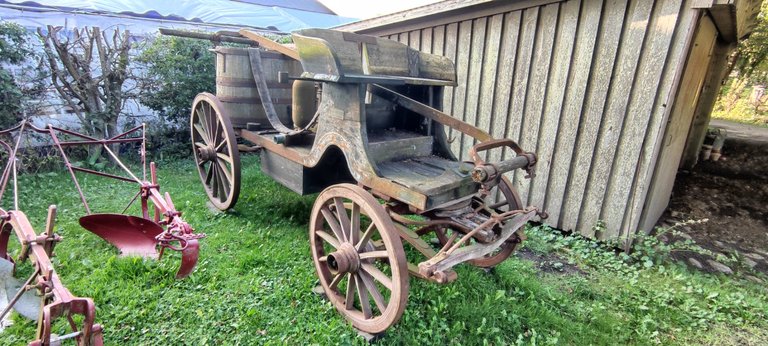 Agriculture things at the garden
Agriculture things at the garden
When the now old farmer's wife died, the now slightly older farmer's wife married a young woman and so on. As a result, the children never came into possession/inheritance of the farm, but remained workers when they did not leave the house. It was not until Anne Margrethe Nielsdatter died on March 15, 1863 that her sons took over the farm.
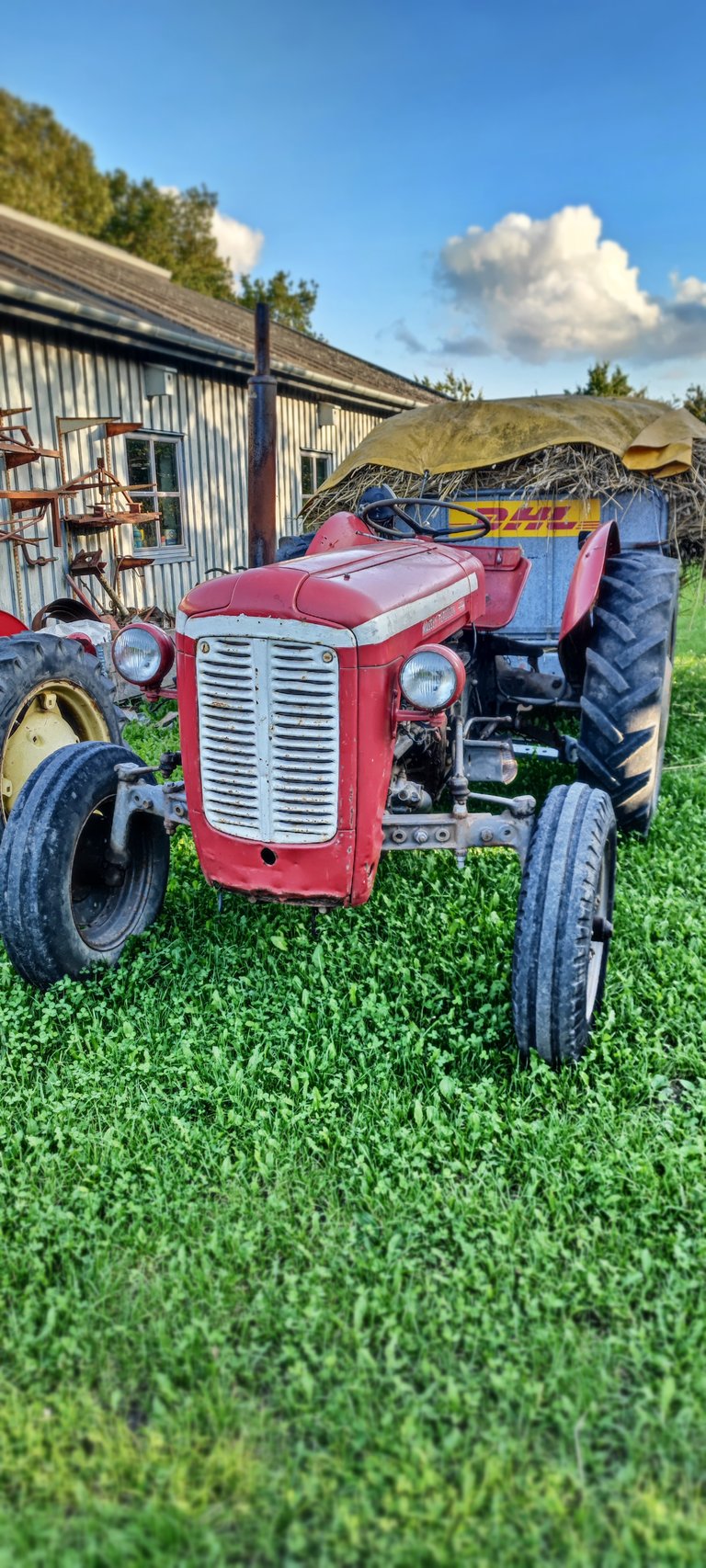 Some things are more modern
Some things are more modern
A hard fate
But at the end of the 18th and beginning of the 19th century, all Danish villages were replaced: In order to ensure more efficient operation of the farms, farms were given fields that were close by. Others that were given fields further away from the village had to move their farms. Managing the farm became easier, but the close community in the village broke down. Who had to move was decided by drawing lots.
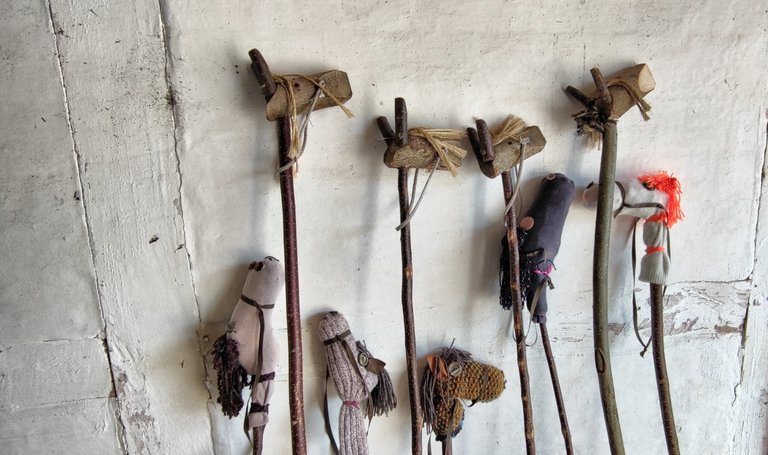 Hansens Sticks
Hansens Sticks
Two of the losers of this lottery were Poul Bendtsen and Maren Larsdatter. They had to give up their farm in 1800 and move away. Their farm is now the Museumsgården. Some of the buildings are still standing.
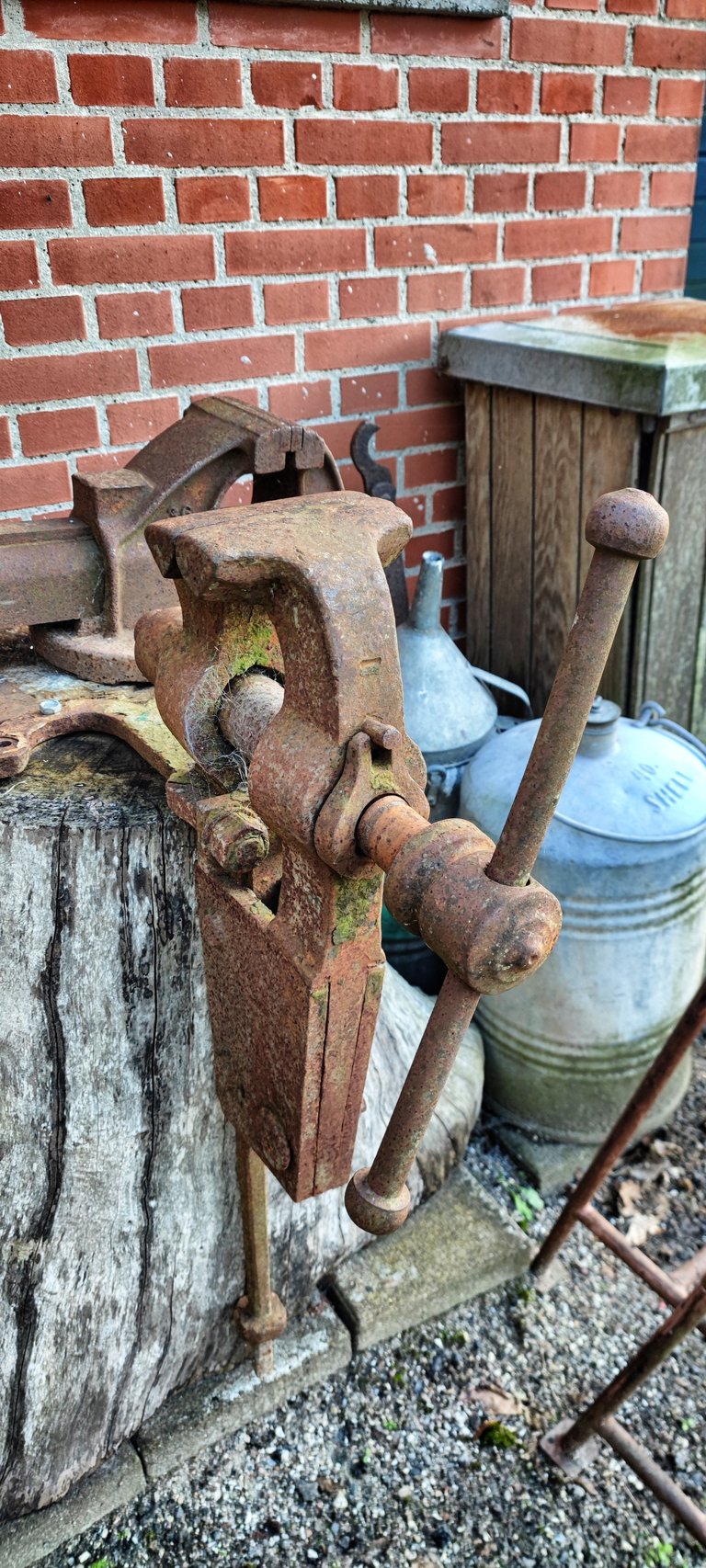 The vice
The vice
The farm is still as it was in 1800, and the basic form is the same, although some changes have been made during the 200 years that the farm has been used for agriculture.
A present from the past
The Danish National Museum received the farm as a testamentary gift in 1964, and the museum was opened to the public in 1968. When you enter the entrance, you find yourself in the kitchen of the apartment, to the left is the living room and bedroom, and the wonderful garden blooms all around - a quiet oasis with a picturesque pond and a breathtaking view of the surrounding landscape.
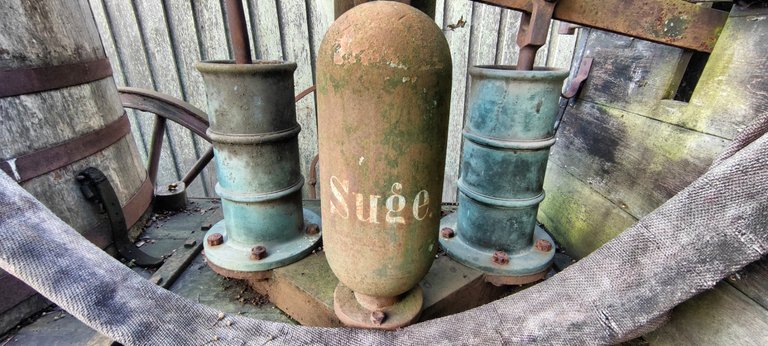 A sucker machine
A sucker machine
Every building, from the stable to the living room, has been preserved in its original condition. Hans Hansen, who took over the disused farm in 1913 and kept it in this condition until his death in 1964, loved history and followed his desire to preserve the past.
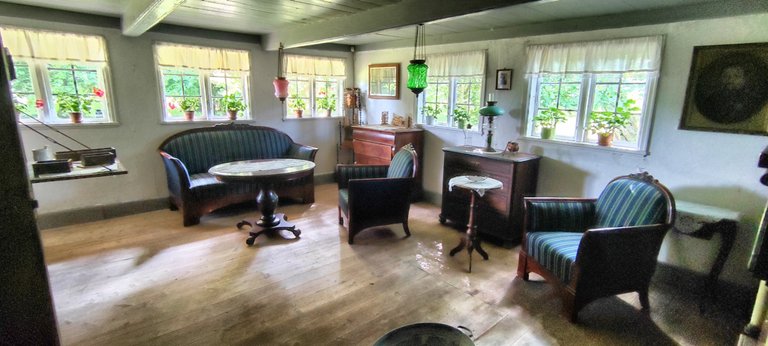 Looks like a noble house
Looks like a noble house
Hans Hansen's Legacy
It is thanks to him that visitors today have the opportunity to learn about the hard life of farmers in earlier times. The old agricultural equipment, which is still in working order, is particularly impressive. Many are located under the old fruit trees, between fragrant flower beds and in the middle of a small vegetable garden.
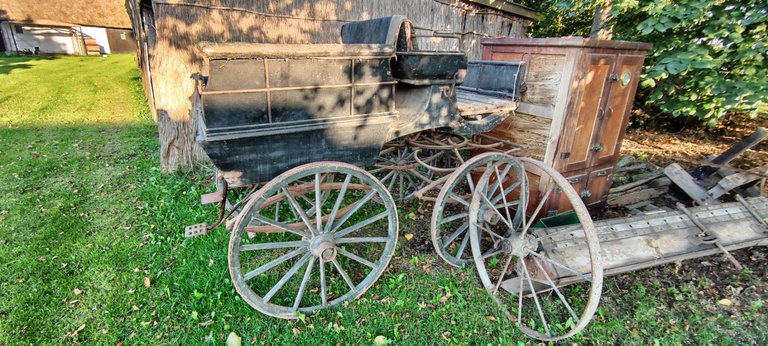 A wooden made carriage
A wooden made carriage
A visit to Museumsgården is like a journey into the past. It is a place where history comes to life and you can experience first hand the simplicity and beauty of rural life in times gone by.
Thank you for reading and if you like my work please follow me on Hive, Travelfeed or Steem or visit my homepage koenau.de
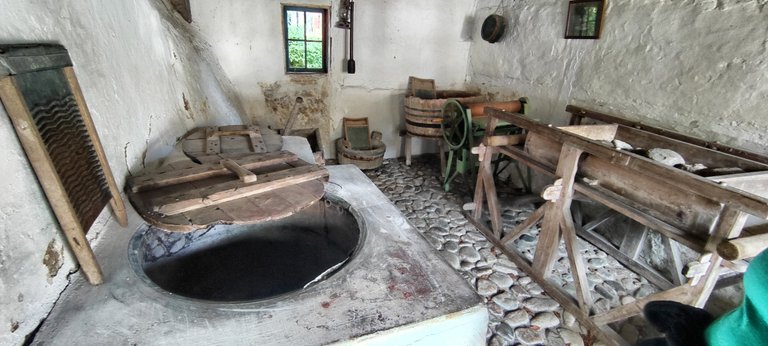 The washing machine
The washing machine
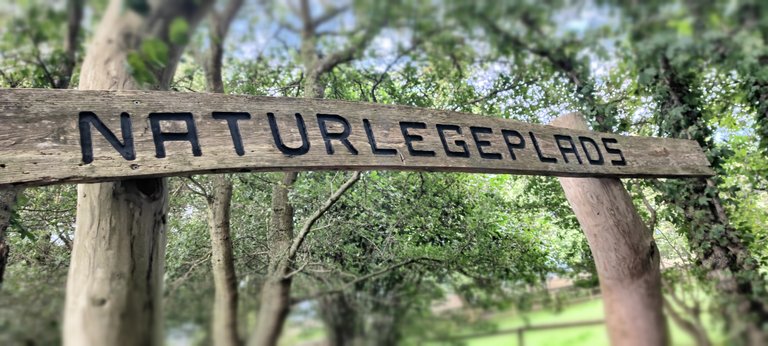 At the garden of the house is a Naturelegeplads for campers
At the garden of the house is a Naturelegeplads for campers
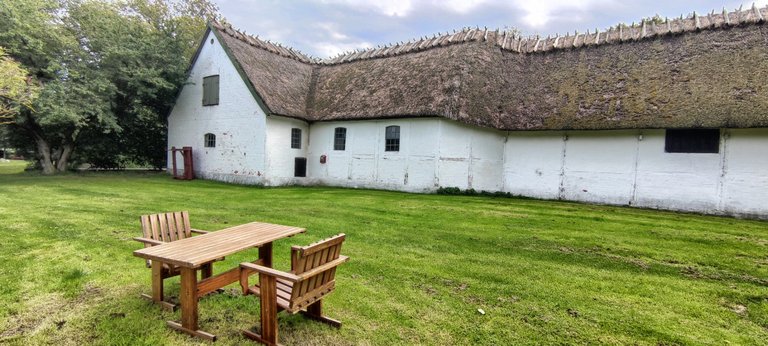 Breakfast table
Breakfast table
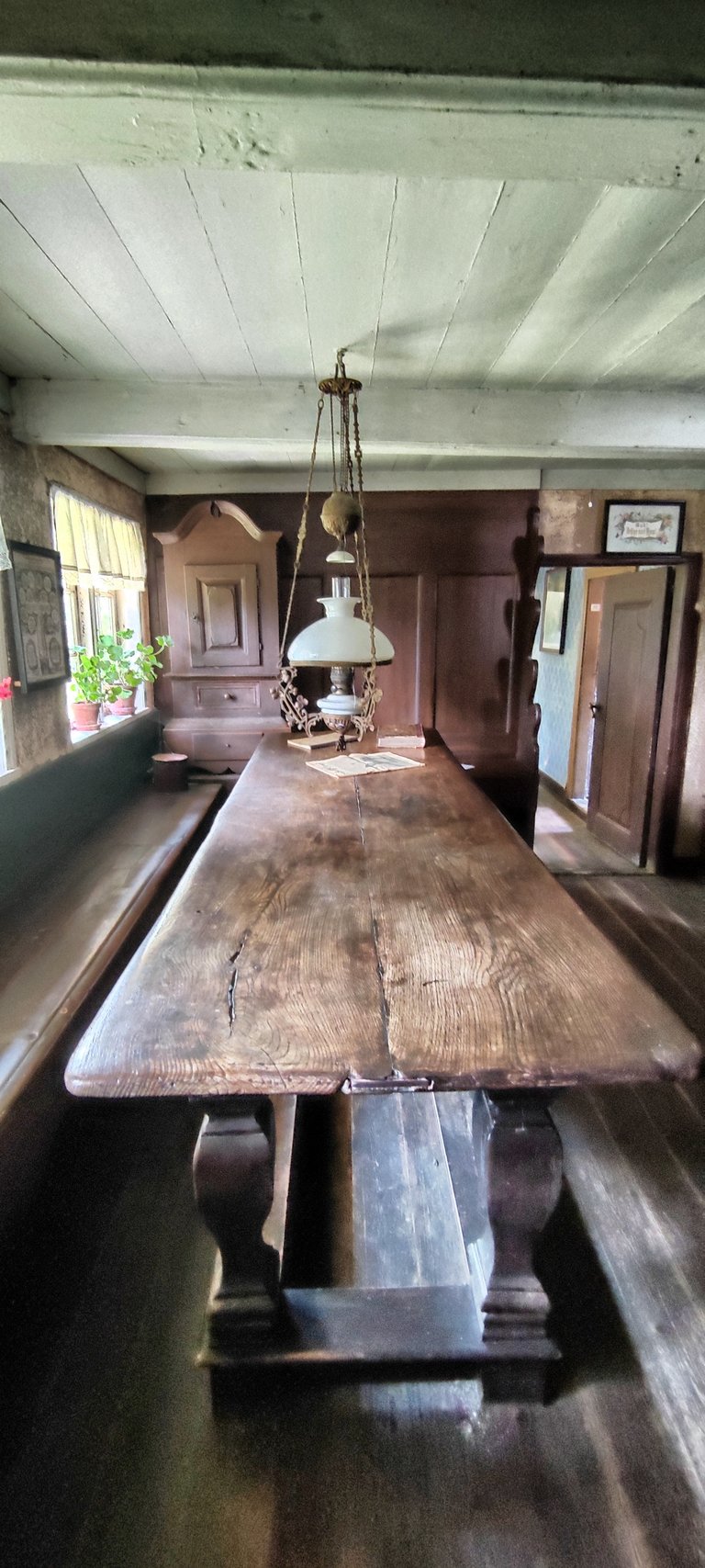 The wooden table in the house
The wooden table in the house
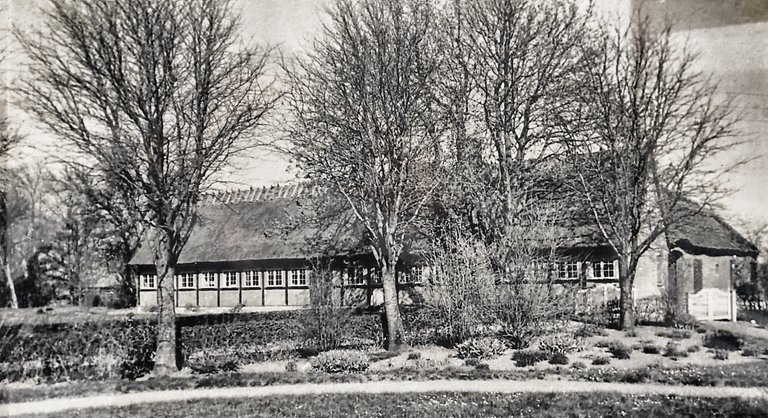
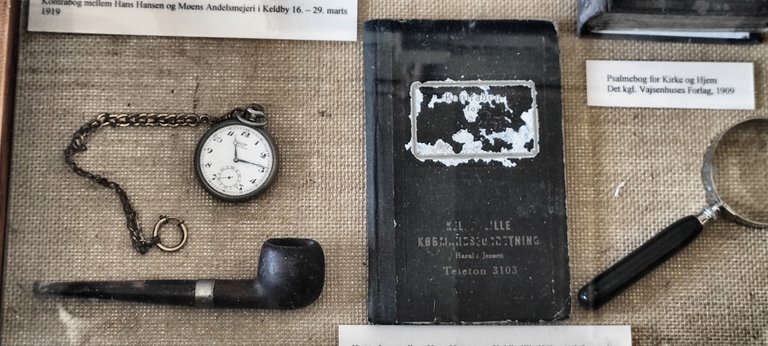
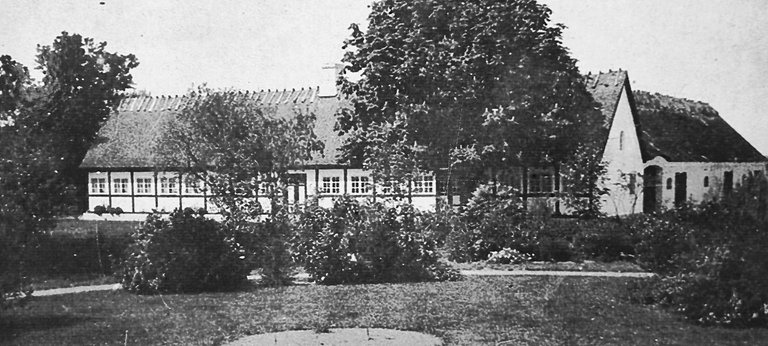
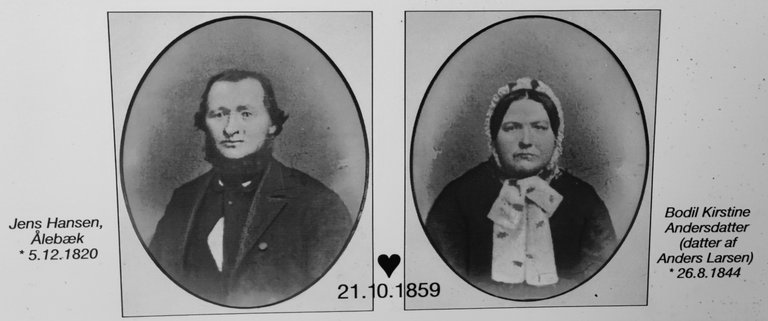
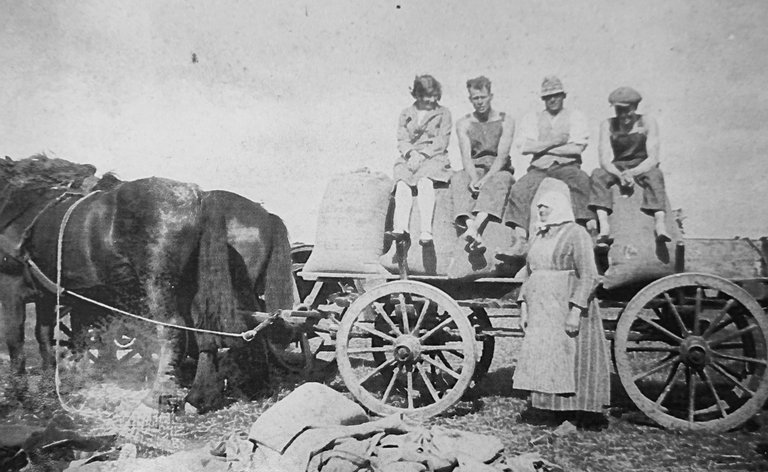
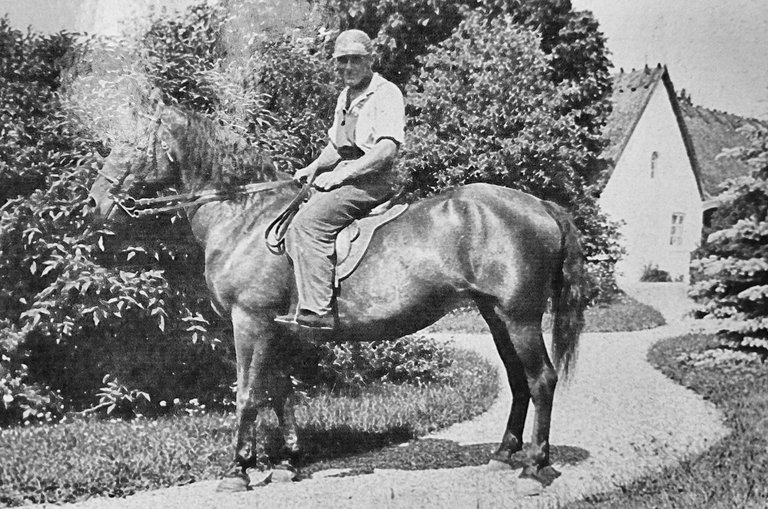
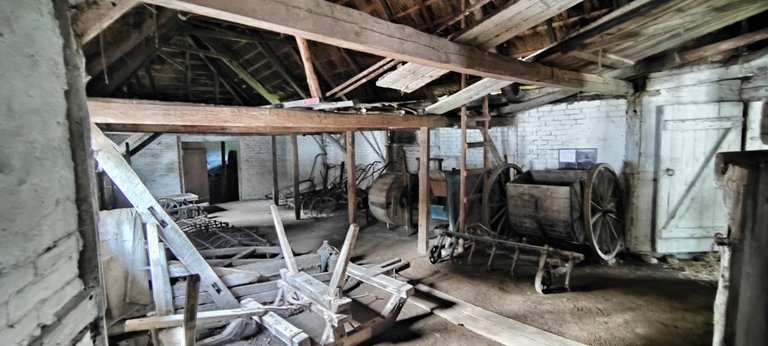
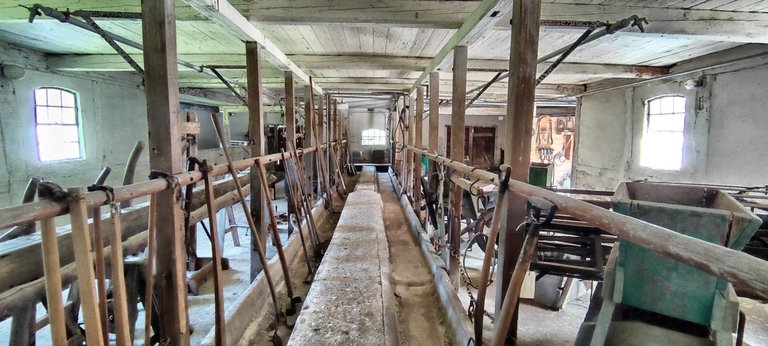
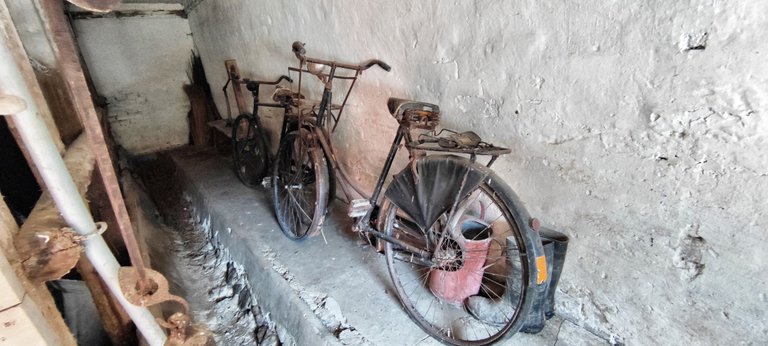
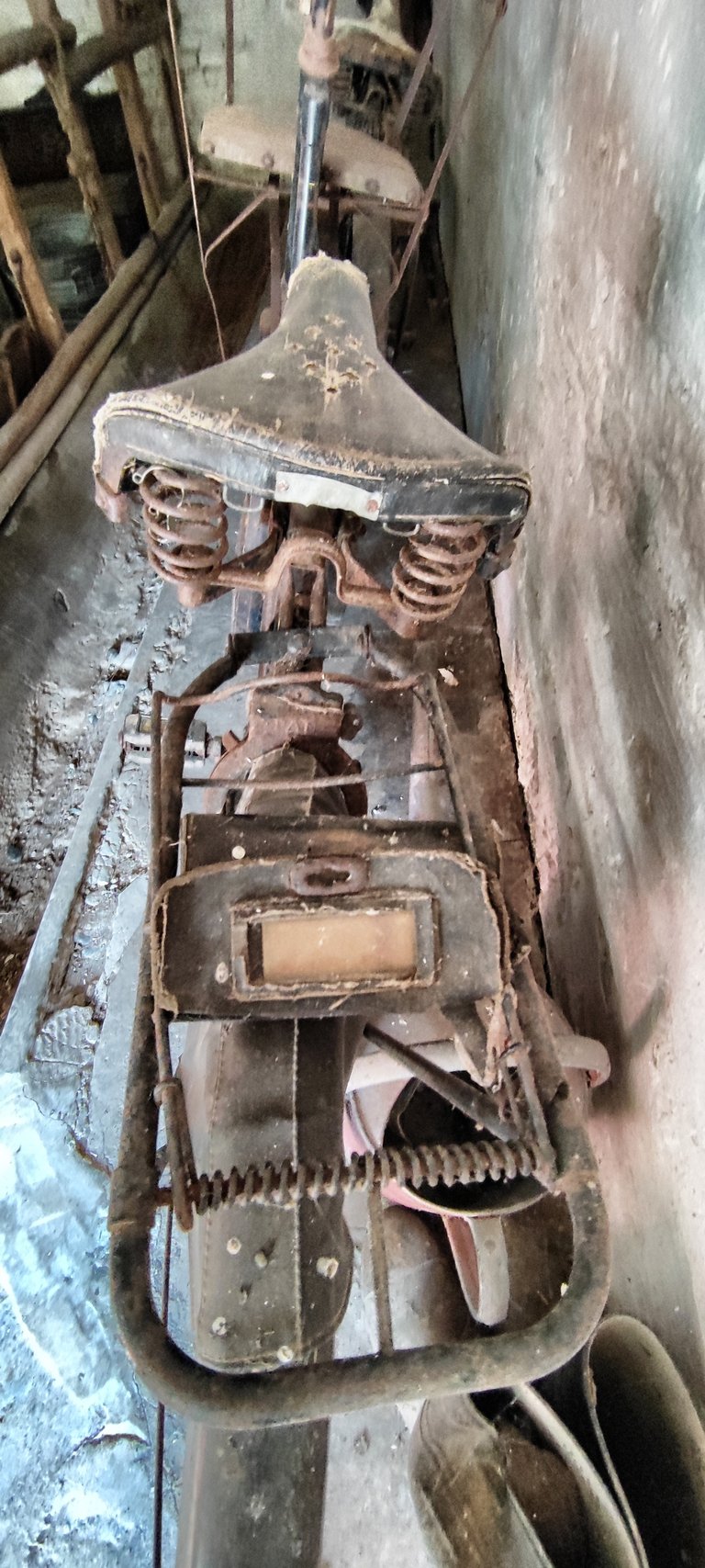
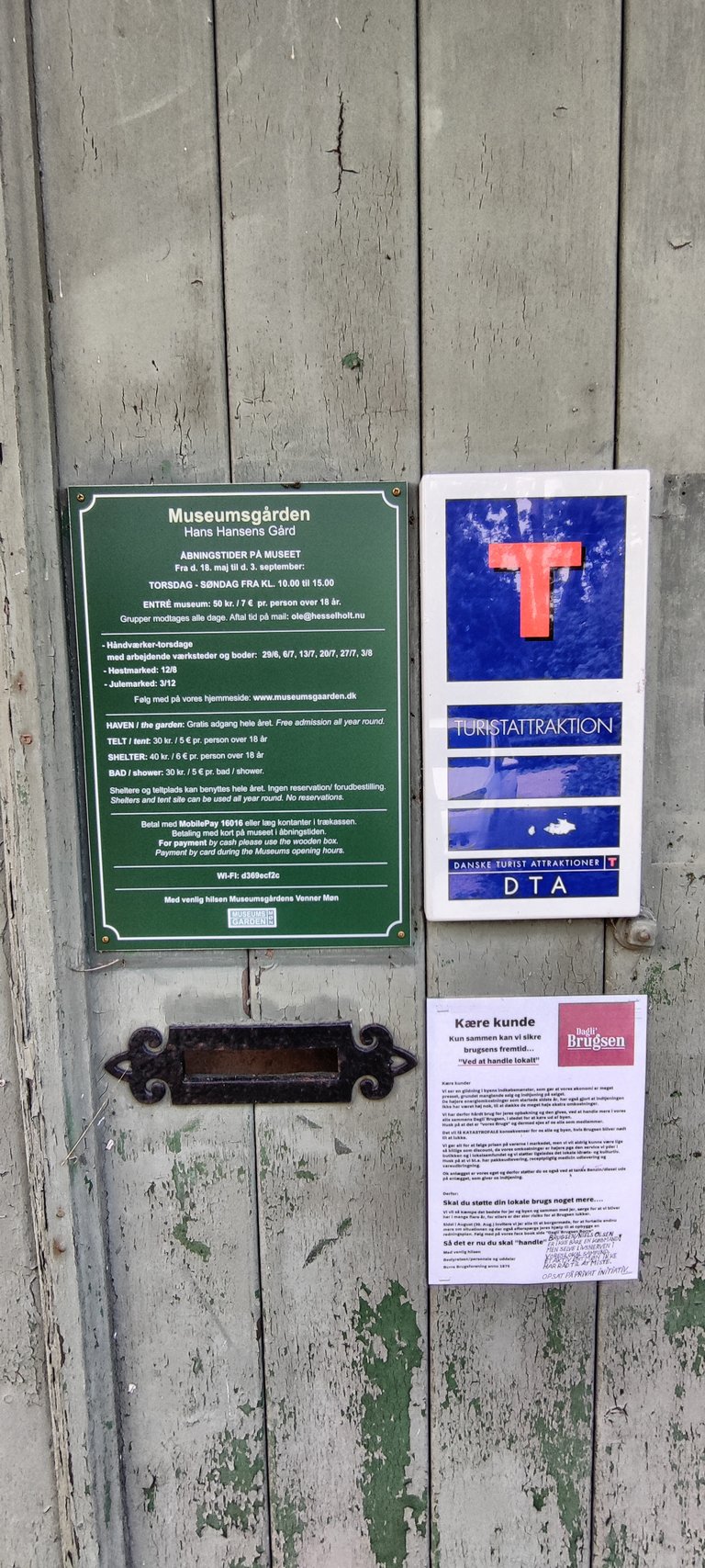
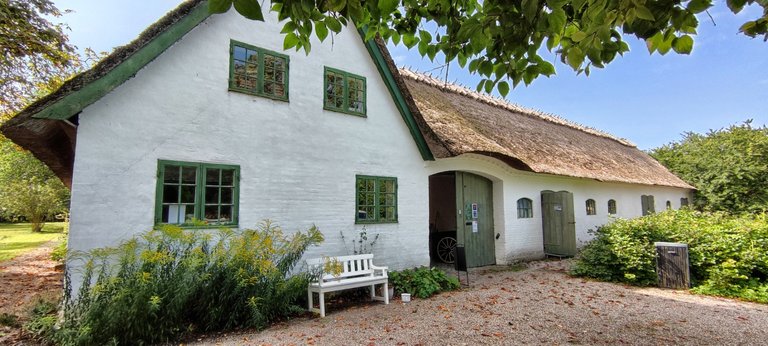

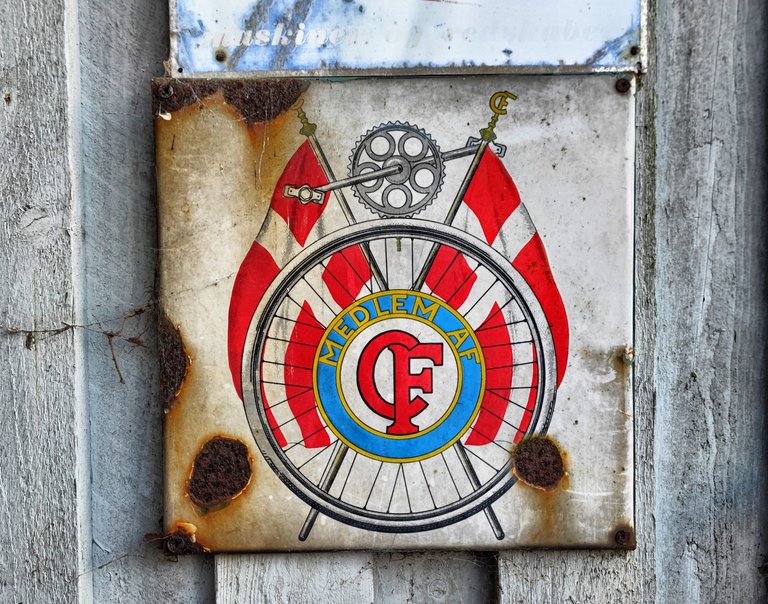
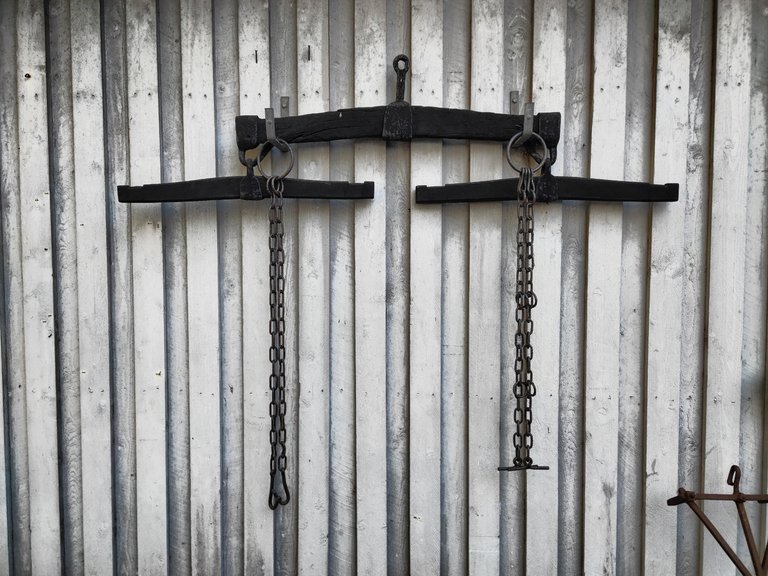
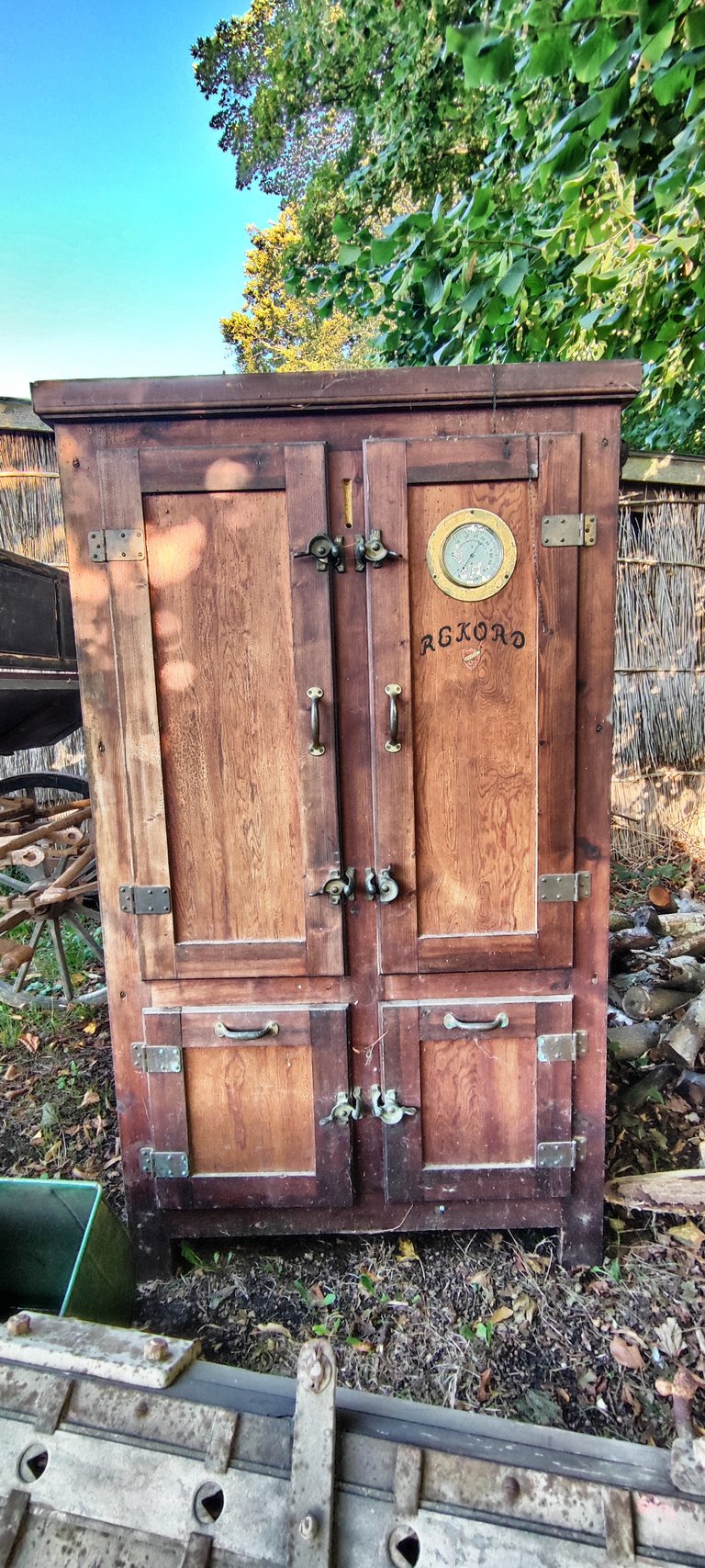
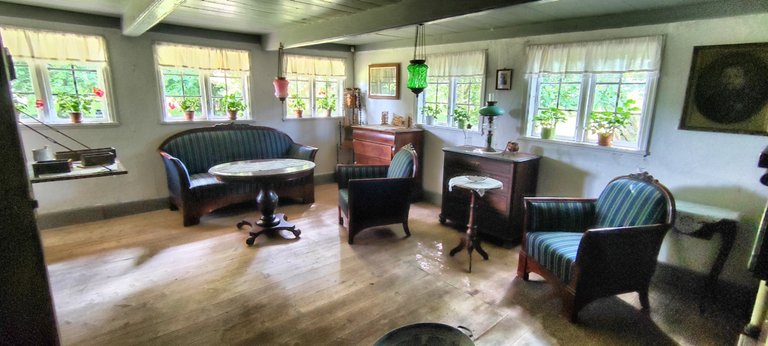
Congratulations @koenau! You received the biggest smile and some love from TravelFeed! Keep up the amazing blog. 😍 Your post was also chosen as top pick of the day and is now featured on the TravelFeed front page.
Thanks for using TravelFeed!
@for91days (TravelFeed team)
PS: Why not share your blog posts to your family and friends with the convenient sharing buttons on TravelFeed?
Thank you for sharing this fascinating glimpse into the past! The Museumsgården sounds like a wonderful place to learn about rural life in the 19th century and see how agriculture has evolved
Congratulations, your post has been added to the TravelFeed Map! 🎉🥳🌴
Did you know you have your own profile map?
And every post has their own map too!
Want to have your post on the map too?
- Go to TravelFeed Map
- Click the create pin button
- Drag the marker to where your post should be. Zoom in if needed or use the search bar (top right).
- Copy and paste the generated code in your post (any Hive frontend)
- Or login with Hive Keychain or Hivesigner and click "create post" to post to Hive directly from TravelFeed
- Congrats, your post is now on the map!
PS: You can import your previous Pinmapple posts to the TravelFeed map.Opt Out
Congratulations, your post has been added to WorldMapPin! 🎉
Did you know you have your own profile map?
And every post has their own map too!
Want to have your post on the map too?
Hiya, @ybanezkim26 here, just swinging by to let you know that this post made it into our Top 3 in Travel Digest #2275.
Your post has been manually curated by the @worldmappin team. If you like what we're doing, please drop by to check out all the rest of today's great posts and consider supporting other authors like yourself and us so we can keep the project going!
Become part of our travel community: